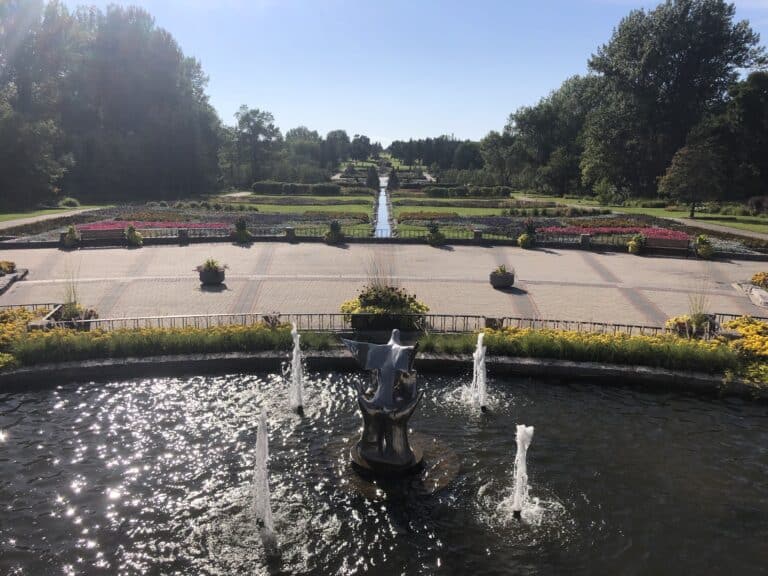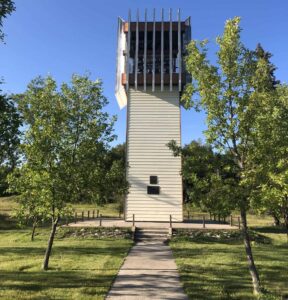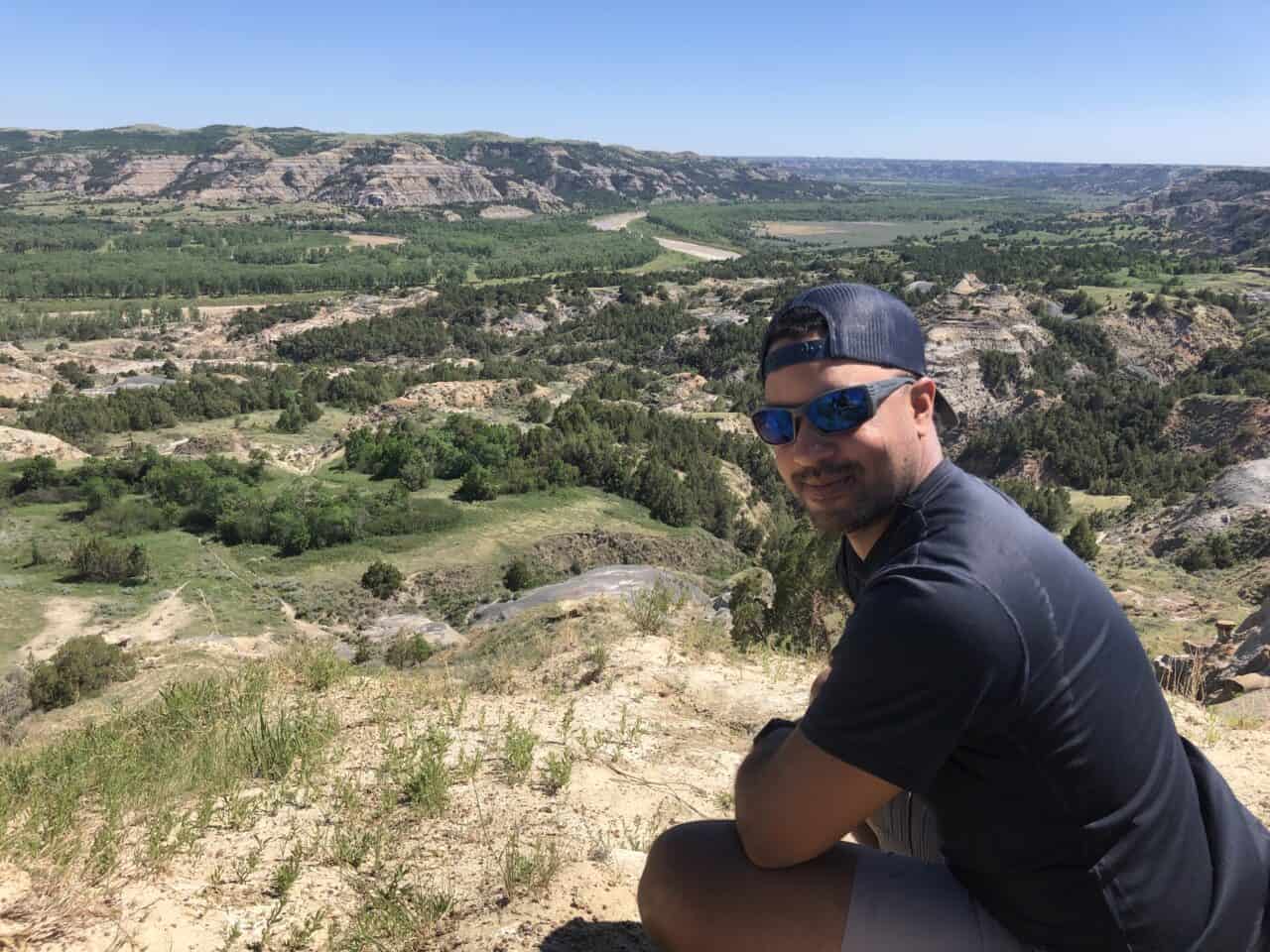Sometimes I get bee fever from overexposure to bees.
Symptoms include back aches, honey bees scurrying across the comb hidden behind my eyelids (only detectable when closed at night and sleep is attempted) and an ever-present buzzing where the sound of silence once resided.
As BIP’s North Central Tech Transfer Team Field Specialist, I spend what seems like eons behind the wheel of my Chevy truck, commuting from one bee yard to the next. Three times a year I venture out on a three-week pilgrimage from my home base in the Bee Lab at the University of Minnesota, Saint Paul MN, to North Dakota to evaluate the health of the region’s commercial honey bee colonies. The average trip will take me across 4000 miles according to the Chevy’s odometer and through 500 colonies according to BIP’s tech team mobile app, where I record colony health data collected during these excursions. In spring’s capriciousness, on summer’s blazing days, during autumn’s encroaching darkness, I comb through the colonies of North Dakota commercial beekeeping operations, evaluating their health and providing beekeepers with data to inform their management decisions. Every vast plain of North Dakota – I’ve been there.
At the end of one of these treks across the region, I’m always looking forward to getting back home and sleeping in my own bed. But if I’ve got bee fever, it’s worth extending my trip and taking a day to get as far away from bees as I possibly can. It’s the only cure. Towards this end, I have discovered a few gems off the beaten path that are worth a detour, whether you’re a beekeeper with a bit of downtime (good luck), or just happen to find yourself in North Dakota wanting to survey the landscape.
1. Cross Ranch State Park

Located south of Washburn on the Missouri river, this is one of the last undeveloped stretches of the Missouri River. There are beautiful hiking trails and overnight camp sites available. I took my first trip to Cross Ranch in 2019 on my birthday with BIP’s former Texas Tech Transfer Team Field Specialist Dan Aurell, who is now a Ph.D. student with Dr. Geoff Williams at Auburn University. On this trip we encountered a porcupine, bald eagle, bison, and lots of ticks.
2. International Peace Garden



About an hour’s drive north of Rugby, ND, atop Turtle Mountain is a gorgeous stop that piqued the interest of my inner horticulturalist. The International Peace Garden is the brainchild of Dr. Henry J. Moore, who envisioned a sacred space along the US-Canadian border designed to celebrate the friendship and collaboration between the two countries. The garden’s bell tower, sunken garden and observatory are sights to see, along with the hiking and biking trails on both sides of the border.
3. Theodore Roosevelt National Park

This is North Dakota’s only national park, and it is a real beauty. The 14-mile scenic drive through the park offers a great overview if you only have an hour or so to spend. But I think it is worth venturing out onto the park’s Caprock Coulee trail to enjoy the scenic views of the Little Missouri River running through the valley of badlands and grassy buttes. Here I encountered large bison herds and abundant, tiny prairie dog towns.
In winter bee fever means something different: a longing for open golden combs scurrying with bees, North Dakota skies and the endless hum of honey bees propelling me from one hive to the next. But when the snow flies and temperatures plummet, I’m comforted knowing the cure will come soon enough.
